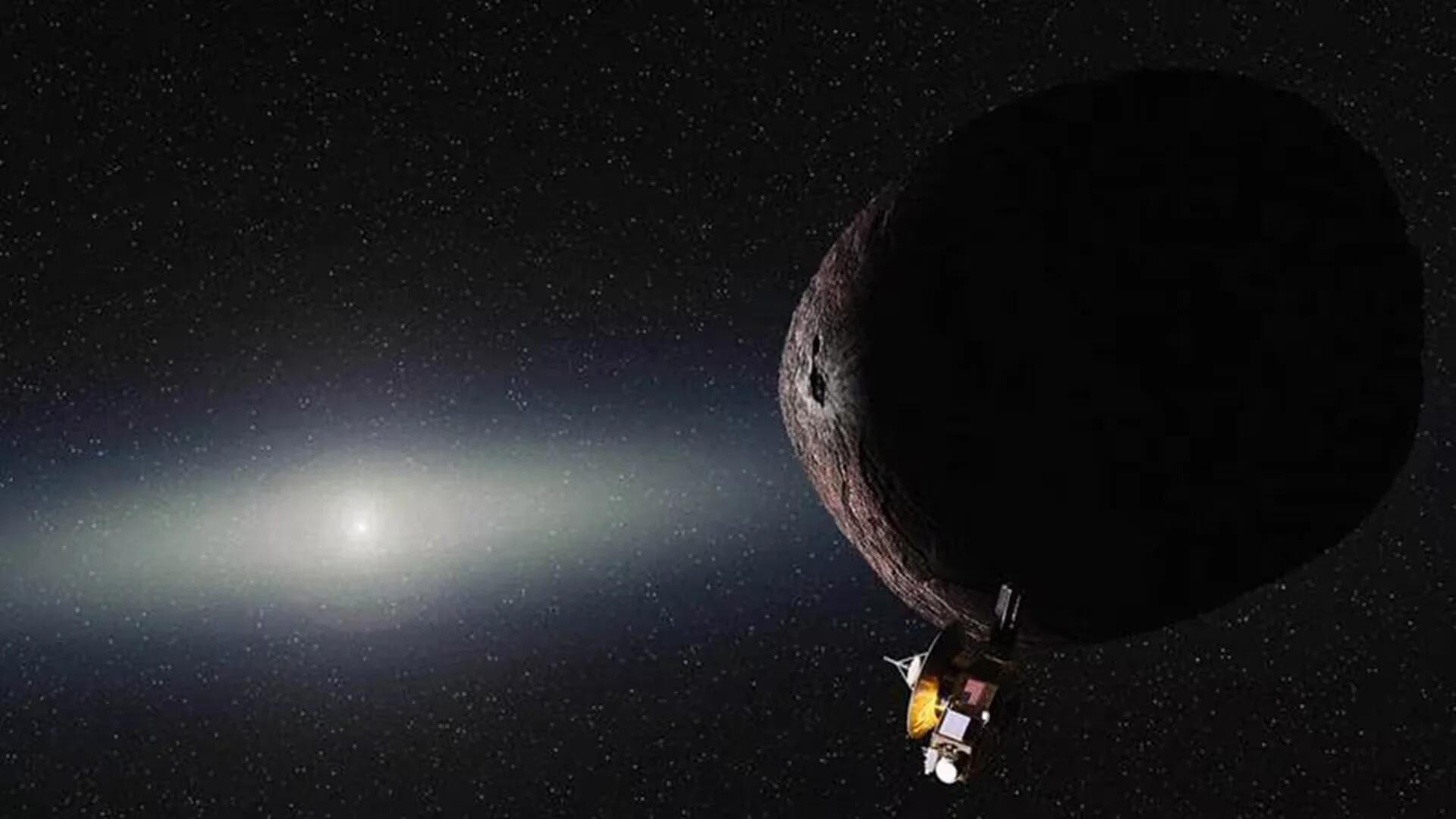NASA has selected next potential destination in the Kuiper Belt for their New Horizons spacecraft to visit and investigate.
Over a month ago the New Horizons spacecraft flew as near as possible to Pluto and took the closest photos of the dwarf planet we have ever seen. Now NASA has selected a small Kuiper Belt object (KBO) known as 2014 MU69 that orbits nearly a billion miles beyond Pluto as the next destination for New Horizons.
This remote Kuiper Belt object was one of two identified as potential destinations and the one recommended to NASA by the New Horizons team. Although NASA has selected 2014 MU69 as the target, as part of its normal review process the agency will conduct a detailed assessment before officially approving the mission extension to conduct additional science.
NASA has designed the New Horizons to go beyond Pluto from the start, it was loaded with more fuel than needed and equipped with a communications system that works even in the Kuiper region. However, it still took a while for NASA to find an object near enough to explore. When the Hubble telescope discovered KBOs in the probe’s flight path in 2014, NASA has found the perfect target.
2014 MU69 is a great choice because it is just the kind of ancient KBO, formed where it orbits now, that the Decadal Survey desired us to fly by,
Moreover, this KBO costs less fuel to reach [than other candidate targets], leaving more fuel for the flyby, for ancillary science, and greater fuel reserves to protect against the unforeseen.
The KBO 2014 MU69, now known as “Potential Target 1” or PT 1, has around one percent the mass of Pluto and is under 30 miles across. Scientists believe small KBOs like the PT1 are similar to the building blocks that created the dwarf planet. In addition, since the sun barely reaches that region, it is a well-preserved, frozen sample of the outer solar system from the time of its birth around 4.6 billion years ago.
There’s so much that we can learn from close-up spacecraft observations that we’ll never learn from Earth, as the Pluto flyby demonstrated so spectacularly,
The detailed images and other data that New Horizons could obtain from a KBO flyby will revolutionize our understanding of the Kuiper Belt and KBOs.
By the way, 2014 MU69 is called a “potential” target, because the New Horizons team still has to turn in a proposal and get it approved by 2016. Nevertheless, the spacecraft will have to perform a series of maneuvers in October and November to make sure it is not wasting fuel and to get it ready for the journey. If the proposal is approved, New Horizons will take off for the Kuiper belt and reach the object by January 1, 2019.
Source: NASA
